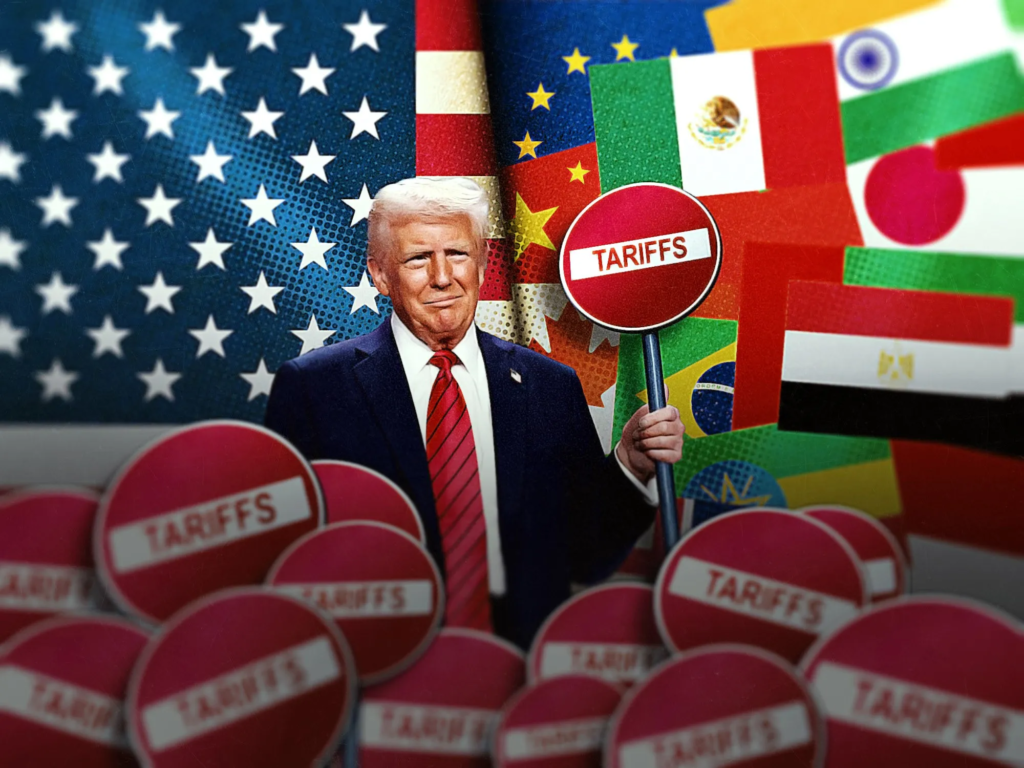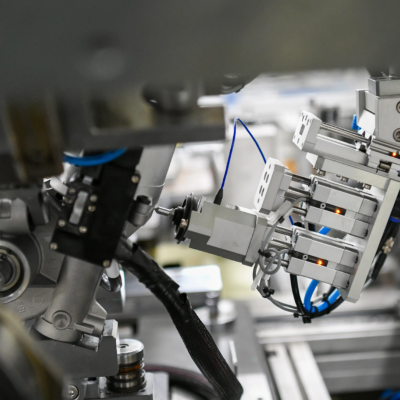Former U.S. President Donald Trump recently declared that tariffs imposed during his administration have sparked what he calls an “economic revolution.” According to Trump, these tariffs have contributed to over $5 trillion in new investment in the United States, a figure that continues to grow. This bold statement comes as Trump seeks to reinforce his economic legacy and eye another political victory by highlighting the impact of his trade policies.
What Are Tariffs and Why Do They Matter?
Tariffs are taxes imposed on imported goods, designed to protect domestic industries by making foreign products more expensive. During his presidency, Donald Trump aggressively used tariffs as a key tool in his trade policy, especially targeting China, the European Union, and other trade partners. The goal was to encourage companies to invest and produce goods within the U.S. instead of relying on cheaper imports.

This approach was controversial. Critics argued that tariffs would raise prices for consumers and disrupt global trade, while supporters claimed they would rebuild American industries and create jobs. Now, with Trump’s recent claim of over $5 trillion in investments linked to these tariffs, the debate has taken a new turn.
Trump’s Economic Revolution: The $5 Trillion Investment Claim
Trump referred to the tariffs as an “economic revolution” that has encouraged businesses to invest heavily in the United States. This investment includes new factories, infrastructure, technology upgrades, and job creation. The $5 trillion figure highlights the scale of capital flowing into various sectors, suggesting a major boost to the American economy.
While independent analysts continue to examine these numbers, the claim is significant because it ties the tariffs directly to increased investment and economic growth. It also supports Trump’s narrative that his trade policies helped strengthen U.S. industries and reduce dependency on foreign manufacturing.
For those interested in understanding the broader effects of tariffs on the economy, resources such as the Council on Foreign Relations provide detailed analyses of trade conflicts and their impacts.
How Tariffs Influenced Business Decisions
The tariffs effectively changed the cost structure for many businesses. Companies that had previously outsourced manufacturing to countries with cheaper labor began reconsidering their supply chains. Rising import costs encouraged firms to move production back to the U.S., invest in automation, or diversify suppliers to avoid tariffs.
This shift resulted in a wave of domestic investment in industries like steel, automotive, and technology. New factories were built, existing plants upgraded, and supply chains reconfigured to be more resilient and U.S.-focused.
Economic experts note that this phenomenon aligns with a larger trend of reshoring — bringing manufacturing back to the U.S. after decades of offshoring. According to reports from the Brookings Institution, reshoring can boost local economies and create higher-paying jobs.
Impact on the U.S. Job Market and Economy
Trump’s tariffs also aimed to revive American manufacturing jobs, a key promise of his 2016 presidential campaign. The surge in investment is tied to job creation, especially in industrial regions that had experienced decline due to globalization.

While some jobs were protected or created, others were affected by higher costs on raw materials and goods, leading to a mixed impact overall. However, the recent surge in investment suggests that businesses are betting on long-term growth in the U.S. market.
The U.S. Bureau of Labor Statistics reports on manufacturing employment trends can give more insights into how tariffs influenced jobs over the years. Visit BLS.gov for the latest data.
Trade Tensions and Global Response
The tariffs triggered trade tensions, especially with China, the U.S.’s largest trading partner. China responded with tariffs of its own, affecting U.S. exports and global supply chains. This trade war led to uncertainty in international markets and concerns among global businesses.
However, supporters of Trump’s tariff policy argue that it forced China and other countries to negotiate new trade agreements, addressing issues like intellectual property theft and unfair subsidies. The U.S.-China Phase One trade deal in early 2020 was seen as a partial success in this regard.
For more details on trade negotiations and their global impact, consult the World Trade Organization (WTO) resources.
Looking Ahead: What Does This Mean for the Future?
With over $5 trillion in investment reportedly spurred by tariffs, the question remains whether this trend will continue and how future administrations will handle trade policy. Trump’s statements suggest he sees tariffs as a winning economic strategy and plans to promote this approach if he returns to office.
Investors and policymakers will be watching how tariffs evolve in the context of ongoing global economic challenges, including inflation, supply chain disruptions, and geopolitical conflicts.
The Congressional Research Service offers non-partisan reports that help explain the potential long-term effects of tariffs on U.S. competitiveness and trade balance.
Conclusion
Donald Trump’s claim of an “economic revolution” driven by tariffs and over $5 trillion in new investment presents a powerful narrative for his supporters. While the full impact of tariffs remains complex, the surge in domestic investment signals a significant shift in how American businesses approach manufacturing and trade.
Whether tariffs will continue to play a major role in U.S. economic policy is uncertain, but Trump’s framing of this issue will likely shape future political debates on trade and investment.
For ongoing updates on U.S. economic policies and global trade developments, follow trusted news outlets such as Reuters and Bloomberg.
Also Read – U.S. Jobs Are Booming in 2025—Are You Ready?





